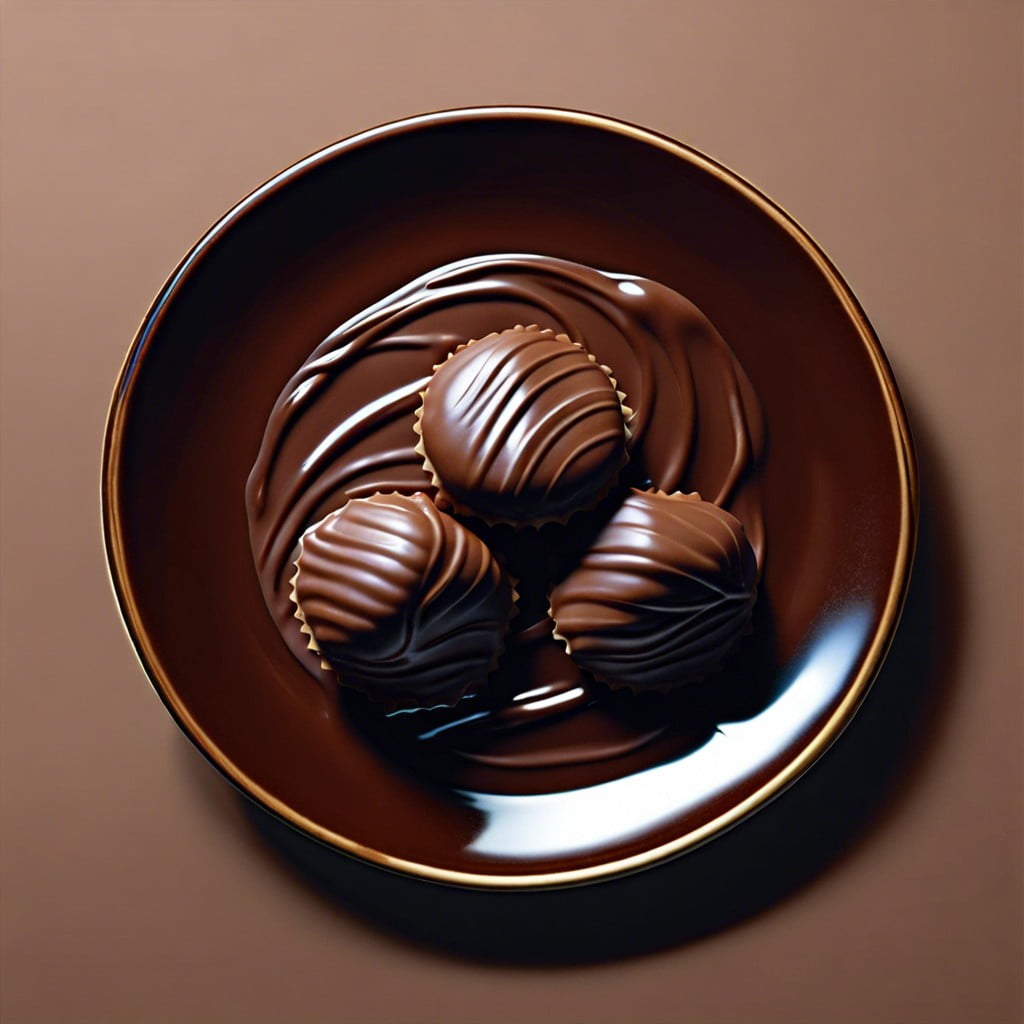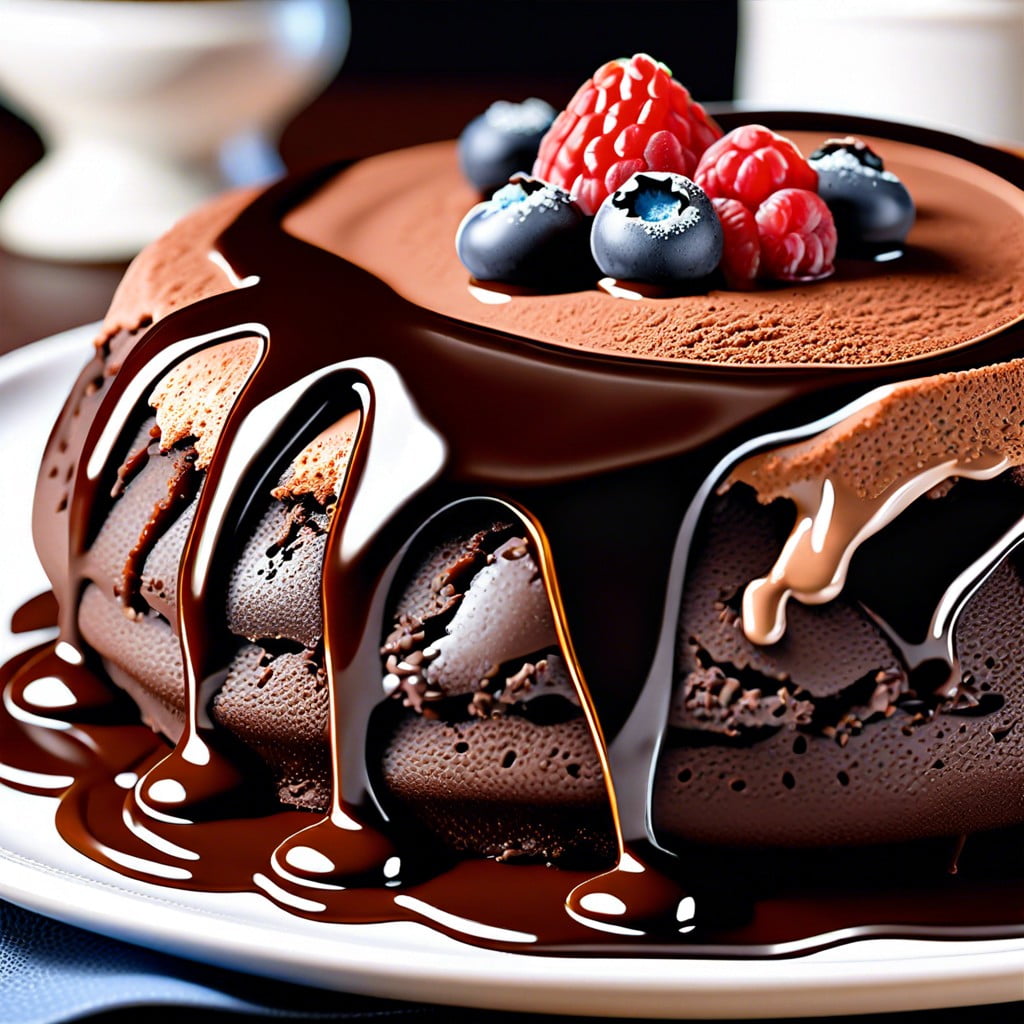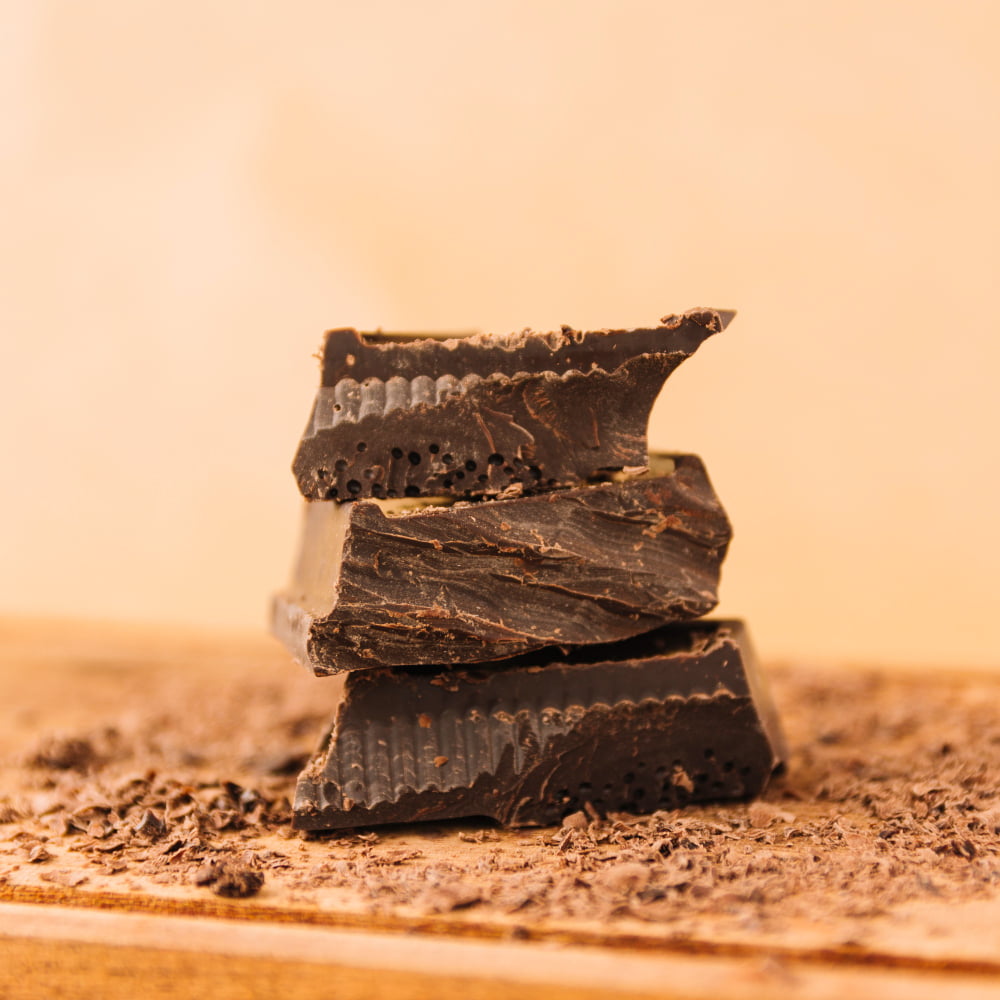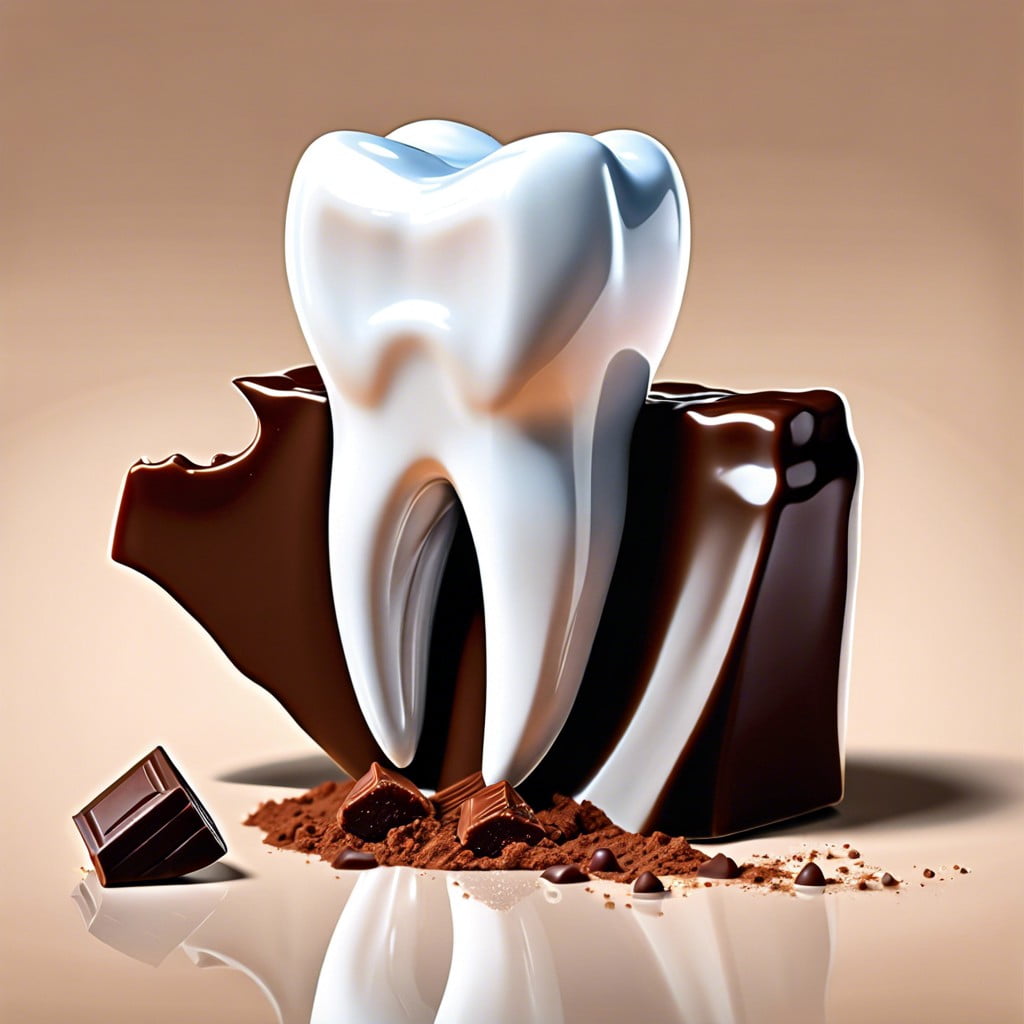Discover which country tops the global charts in chocolate consumption.
Key takeaways:
- Switzerland tops global chocolate consumption per capita.
- Cooler climates often correlate with higher chocolate consumption.
- North America, Asia, Australia, and New Zealand show growing chocolate trends.
- Switzerland’s chocolate passion stems from cultural and historical influences.
- Chocolate reflects cultural preferences and economic growth worldwide.
Inside
Switzerland: Highest Chocolate Consumption Per Capita
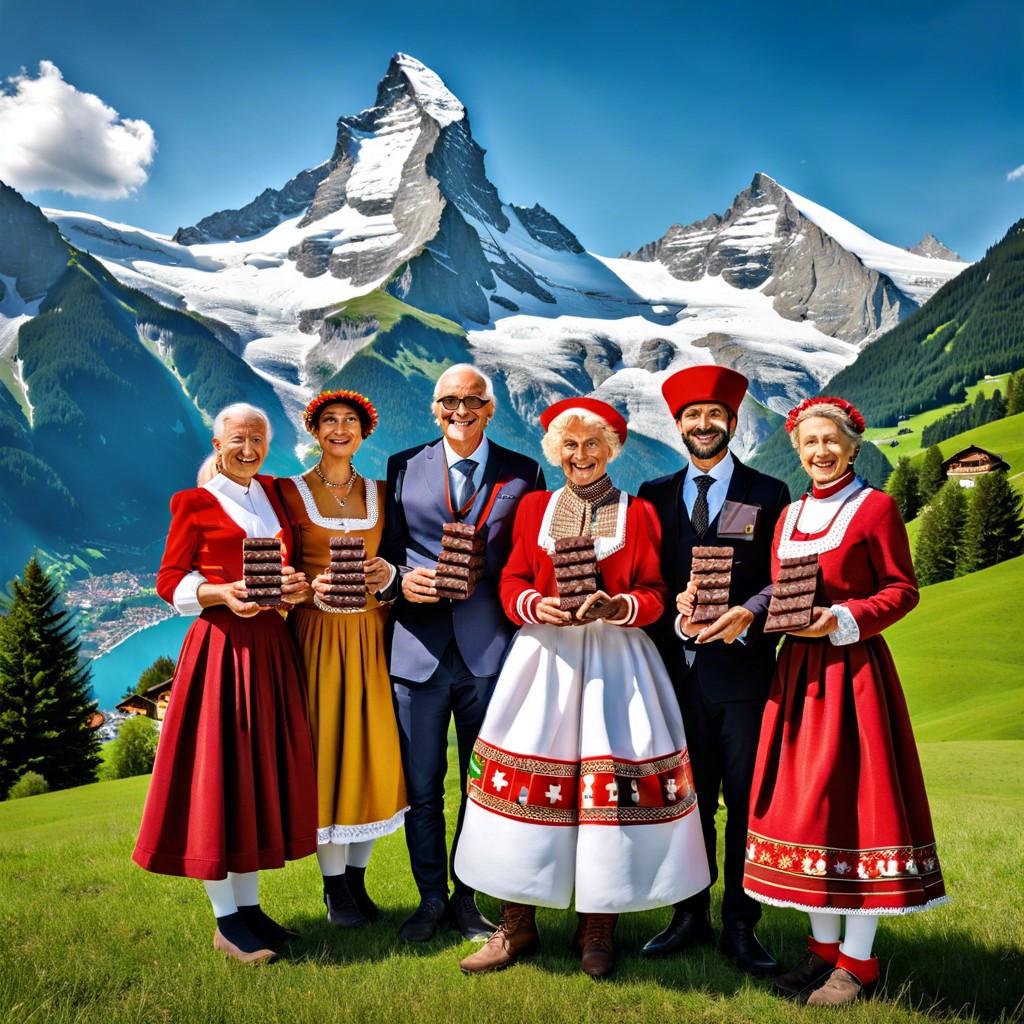
Switzerland sits atop the chocolate-eating leaderboard with a staggering average of nearly 9 kilograms per person each year. What’s the secret behind this impressive number? Swiss chocolate has a long-standing tradition of exceptional quality and craftsmanship. Think silky, luxurious textures and a taste that dances on the palate—chocolate in Switzerland is more than a sweet treat; it’s an artisanal experience.
With a climate less than ideal for growing cocoa, the Swiss have turned chocolate-making into an art, importing the finest cocoa beans to craft their confections. The result? An unwavering national pride in their chocolate, leading to locals supporting their chocolatiers with fervent enthusiasm.
Additionally, Switzerland’s chocolate industry has been quick to embrace innovation while respecting tradition. This balance of old and new keeps their chocolate at the cutting edge of deliciousness. From inventive flavor combinations to eco-conscious production methods, these pioneers steer chocolate trends that the globe eagerly follows.
Lastly, the Swiss are no strangers to indulging in the sweeter side of life. Societal norms view chocolate as an everyday pleasure rather than an occasional indulgence, integrating it into daily routines, be it an after-dinner dessert or an energizing afternoon snack. Chocolate in Switzerland is less of a guilty pleasure and more of a cultural embrace—a love language spoken by all ages.
Breaking Down the Numbers: Per Capita Chocolate Consumption
When evaluating chocolate consumption, per capita figures give us a clear picture by dividing the total chocolate consumed by the number of people in a country. This method levels the playing field between countries of varying sizes, offering a glimpse into the average individual’s chocolate cravings.
Think of it as slicing a giant chocolate cake. No matter how large the cake is (or in this case, the country’s population), what we’re interested in is the size of the piece each person gets. It’s a sweet way of analyzing who’s got the biggest chocolate appetite.
Interesting to note is that cooler climates often have higher per capita consumption. This isn’t to say that the cold weather makes people reach for chocolate, but there’s a noticeable correlation that could leave you pondering the comfort factor of a rich, velvety chocolate bar on a frosty evening.
Lastly, remember that while these statistics are telling, they don’t account for tourists who might be contributing to the chocolate buying frenzy in these countries. After all, who doesn’t want to take a piece of chocolate heaven back home?
Beyond Europe: Global Chocolate Consumption Patterns
While Europe may hold the crown for chocolate indulgence, other regions showcase a growing fondness for this sweet delight, with diverse consumption trends.
North America stands strong in the chocolate race, with the United States leading in sheer volume, thanks to its sizable population. Here, chocolate is often linked with festive occasions and has woven itself into the fabric of daily life as both a comfort food and a celebratory treat.
In Asia, chocolate consumption is on a swift upswing, with countries like Japan and China expanding their chocolate footprint. Japan, in particular, brings a creative twist to chocolate, incorporating it into traditional confections and even savory dishes.
Down in the Southern Hemisphere, Australia and New Zealand, though smaller in population, are no slouches when it comes to enjoying chocolate, with a preference for premium, artisanal varieties that herald a shift towards quality over quantity.
Across the board, these patterns highlight not just a shared love for chocolate, but the nuanced ways in which chocolate consumption reflects cultural preferences and economic growth.
The Chocolate Passion of the Swiss: Cultural and Historical Influences
Switzerland’s love affair with chocolate didn’t just emerge overnight; it’s a rich tapestry woven over centuries. The early adoption of confectionery techniques and the rise of master chocolatiers established a foundation for excellence in chocolate making. Swiss innovation, like the invention of milk chocolate by Daniel Peter and the conching process by Rodolphe Lindt, set new industry benchmarks.
Historically, Swiss chocolate grew in tandem with the country’s dairy sector, benefiting from abundant high-quality milk. This pairing has become a signature of Swiss chocolate’s identity, distinguishing its flavor profile from others. The local tradition of gifting chocolate has also played a role — it’s as much a token of affection as it is a treat.
But it’s not just tradition and innovation keeping the chocolate passion alive; it’s a matter of national pride. Chocolate has become intertwined with Swiss culture, synonymous with the country’s reputation for craftsmanship and quality. Annual chocolate festivals and chocolate-themed tours exemplify its importance in Swiss society.
In the classroom, Swiss children learn about the historical significance of chocolate, further ingraining its centrality to their heritage. With chocolate being such a prominent part of national education, it’s no wonder that it holds a special place in the hearts of the Swiss. These cultural practices create an enduring bond with chocolate that continues to drive consumption and passion.
